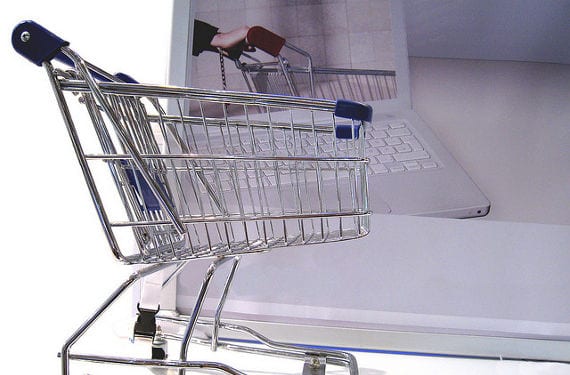
According to Annual Study on B2C Electronic Commerce 2012 (2013 edition) recently presented by the National Observatory of telecommunications and the IS (ONTSI), the eCommerce faces the arrival of 2014 with the best economic and growth expectations in Spain. According to this study, online buyer it is more and more numerous, more experienced, buys more products and is open to new forms and proposals.
According to the aforementioned study, B2C e-commerce in Spain In 2012 it experienced an increase of 13,4% compared to the previous year, which represents a total turnover of 12.383 million euros. This year, the number of online shoppers went from 13,2 million to 15,2 million. In the same way, the number of Internet users continued to increase, reaching a figure of 27,2 million, which represents 69,9% of the Spanish population. In addition, the average spending figure per buyer Internet user stood at € 816.
How will the online buyer profile in 2014: Keys
Taking into account these data and the new shopping habits of Spanish buyers, the University Center for Technology and Digital Art u-tad has established 10 keys to understanding what the online shopper profile in 2014:
- Who will buy online? The profile of the online buyer will be in mature ages of between 25 to 49 years, with secondary or university studies, middle and upper middle socioeconomic level, active full-time workers and residents in urban areas with more than 100.000 inhabitants.
- Where will they buy from? According to the ONTSI study, Home It was undoubtedly the preferred place to make purchases in 93,5% of cases, to the detriment of purchases from work, which decreased by 3,4 points compared to the previous year. This trend will be established in 2014 with the change of habits and routine of the Spanish.
- Through what devices? In 2012, 2,1 million people used a mobile device or tablet for your purchases, which represents an increase of 15,1% over the previous year. Taking these data into account, online and mobile search will become the main information search and price comparison methods in 2014.
- How often? In 2012 almost 20% of shoppers made purchases online once a month. This increasing figure also corresponds to the rise in the number of categories purchased, which went from 2,98% to 3,46% and which mark a clear trend of increase in the frequency of purchase for 2014.
- What channels will they use? For the first time the websites that sell online were positioned last year as the main purchasing channel followed by the manufacturer's websites. In addition, discount coupon or voucher websites maintained their upward trend, reaching 26,8% of purchases. This trend will be ratified in 2014 with women, those under 50 years of age, residents of large towns and the better-off classes as the engine of growth.
- What will be the most used forms of payment? La credit / debit card will continue to be the preferred form of payment when making the purchase, although the use and confidence will continue to increase. exclusively electronic payment methods.
- What products will they buy? Those related to it will continue to lead the online business , transport tickets and accommodation reservations. In addition, the sale of tickets to shows, clothing, sporting goods, books and newspapers, as well as the sInternet and telephone services. In the same way, games of chance and contests will continue to decline, as happened in the last year.
- What will your shopping experience be like? In 2012, the number of buyers who returned a product decreased by 26,6%. In this sense notably improved the shopping experience: 6 out of 10 buyers considered that the process was easy or very easy, a trend that will be consolidated in 2014.
- What place will social networks occupy? Although few Internet users so far use social networks as a shopping platform, 1 in 3 Internet users has already established a relationship with the brand through this medium, a trend that will continue to increase in 2014.
- What will be the main brakes for buyers? For regular buyers, the choice of store will depend on the collection of shipping costs, followed by the money-back guarantee. For non-buyers, the reluctance to give financial data and distrust of the use that may be made of personal information will continue to be the main obstacles.
In relation to the above, Guillermo de Haro, Director of the Master in Digital business at U-tad, assures that "Price, convenience and time savings are the main drivers of B2C e-commerce in Spain, one of the main alternatives for Spanish companies in the current situation."
More information - Conclusions of the Report on Electronic Commerce in Spain (2013 edition)ç
Image - Daniela hartmann